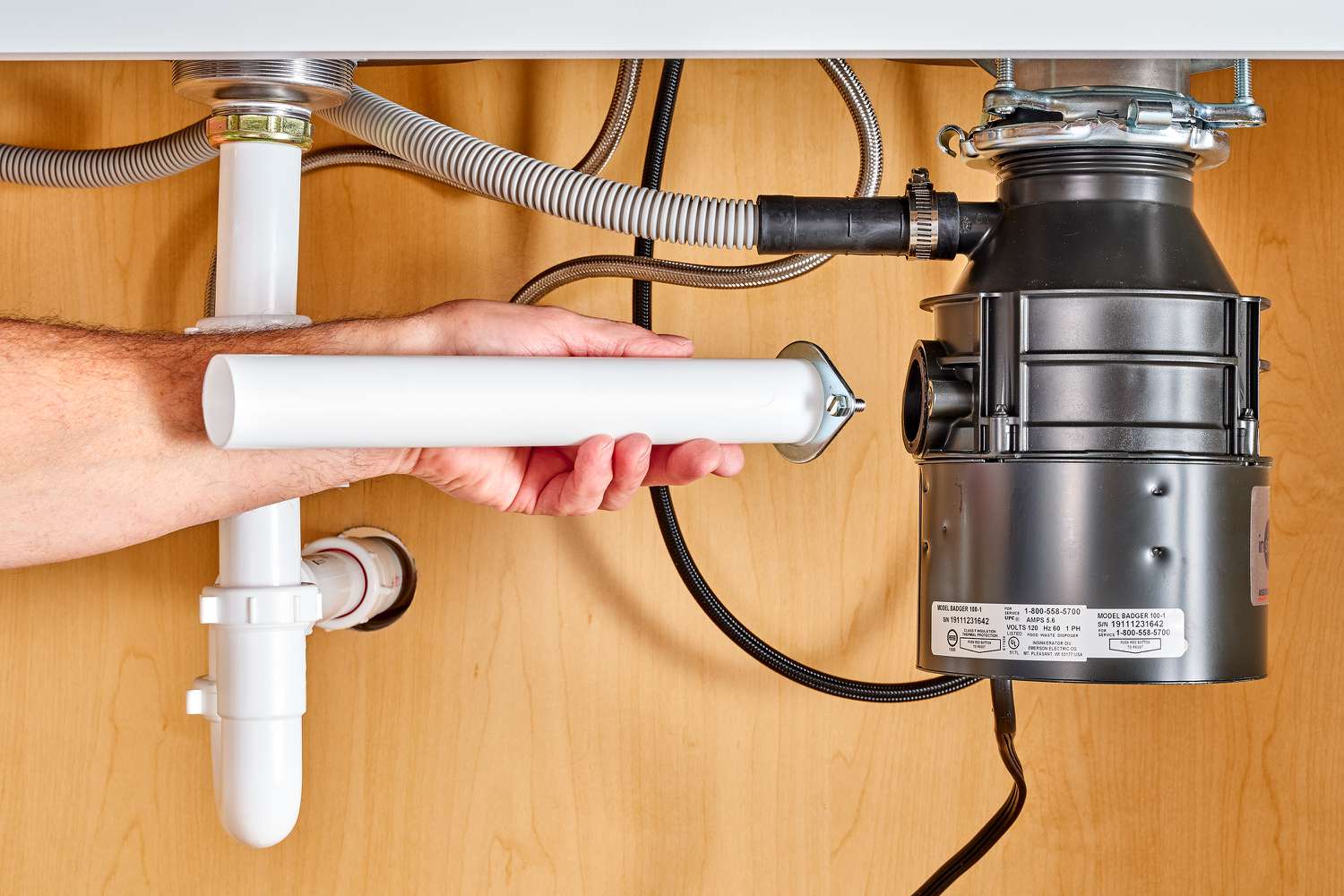In the contemporary kitchen, garbage disposals have become indispensable appliances, greatly enhancing efficiency and cleanliness. These devices efficiently break down food scraps, reducing the need for extensive manual cleaning and minimizing organic waste. This article delves into the world of garbage disposal installation, offering insights on selecting the right unit, the installation process, and post-installation maintenance. If you’re looking to streamline your kitchen’s functionality, we invite you to visit this page and explore the world of garbage disposal installation.
Selecting the Right Garbage Disposal
Understanding Types
Garbage disposals come in two primary types: continuous feed and batch feed. Continuous feed disposals are the most common and operate continuously while water runs. Batch feed disposals, on the other hand, require a stopper before operation and are considered safer. Consider your preferences and requirements when choosing between these two types.
Power and horsepower are also crucial considerations. Garbage disposals typically range from 1/3 to 1 horsepower. More powerful units can efficiently grind a wider variety of food scraps, making them suitable for households with higher usage. Additionally, explore special features such as noise reduction technology and anti-jamming mechanisms for added convenience.
Sizing and Compatibility
Before diving into installation, assess the available space under your kitchen sink. Garbage disposals are typically installed in this area, and ensuring there is enough room is essential. Moreover, compatibility with existing plumbing and electrical systems is paramount. Ensure that your chosen disposal can seamlessly integrate with your kitchen’s infrastructure.
Selecting the right disposal size is equally vital. Smaller units may suffice for lighter usage, while larger families or frequent entertainers may benefit from more robust models. Consider your household’s specific needs to make an informed decision.
Environmental Considerations
In an era of increasing environmental consciousness, it’s essential to explore eco-friendly disposal options. Energy-efficient disposals not only save on utility bills but also reduce their environmental footprint. Look for models that bear energy-efficient certifications and consume minimal electricity.
Additionally, responsible disposal of food scraps is crucial. Avoid disposing of non-biodegradable items and chemicals down the garbage disposal to minimize environmental impact. Be mindful of what you put into the disposal, and consider composting organic waste whenever possible.
Installation Process
Pre-Installation Preparations
Before embarking on the installation process, gather the necessary tools and materials. These may include a screwdriver, pliers, wrenches, a bucket, and plumber’s putty. Ensuring safety is paramount, so disconnect power to the disposal unit to prevent accidents during installation.
Review the manufacturer’s instructions and local plumbing codes thoroughly. Compliance with local regulations is essential to avoid potential issues down the line. Be prepared with a solid understanding of the installation process before you begin.
Mounting and Connections
The installation process involves several crucial steps. To start, mount the garbage disposal unit securely under the kitchen sink. Proper mounting ensures stability during operation and prevents leaks.
Next, connect the disposal to the sink’s drain outlet and the drainage system. This step requires attention to detail to ensure a watertight seal. Proper alignment and sealing are essential to prevent leaks and water damage.
Electrical Wiring
Garbage disposals require electrical power to function. Safely and correctly connecting the disposal to the electrical circuit is crucial. Follow the manufacturer’s instructions for wiring and adhere to electrical safety protocols.
Test the electrical connections and ensure that the disposal unit operates smoothly. Proper wiring is essential for safe and efficient disposal operation.
Post-Installation Testing and Maintenance
Testing for Proper Operation
After completing the installation, it’s time to test the garbage disposal for proper operation. Turn on the water and activate the disposal to ensure it effectively grinds food scraps. Check for any leaks or unusual noises during operation. Troubleshoot and address any installation issues promptly to prevent water damage or malfunction.
Routine Maintenance
Regular maintenance is key to keeping your garbage disposal clean and odor-free. Avoid putting non-biodegradable items, such as plastic or metal, into the disposal. These items can cause clogs and damage the unit. To prevent jams, refrain from disposing of fibrous or stringy materials.
Routine maintenance tasks include cleaning the disposal’s grinding chamber and flushing it with cold water. Adding ice cubes and citrus peels periodically can help remove debris and odors. Be proactive in maintaining your disposal to ensure its longevity and optimal performance.
Conclusion
In conclusion, garbage disposal installation is a significant enhancement for modern kitchens. Choosing the right disposal unit, considering factors such as type, power, and environmental impact, sets the stage for a seamless installation process. Proper sizing and compatibility with existing systems ensure a trouble-free integration.
The installation process involves mounting, connections, and electrical wiring. Thoroughly review manufacturer instructions and adhere to local codes for a safe and compliant installation. Post-installation testing and maintenance are crucial to ensuring the disposal unit operates efficiently and lasts for years to come.
Elevate your kitchen’s functionality and cleanliness with a well-executed garbage disposal installation. By selecting the right disposal unit, following proper installation procedures, and maintaining it diligently, you can streamline your kitchen’s operations and contribute to a cleaner, more efficient living space.






More Stories
How to See Your Apple ID Password
How to Delete Apps on Apple TV
How Much is the Juice of One Lemon